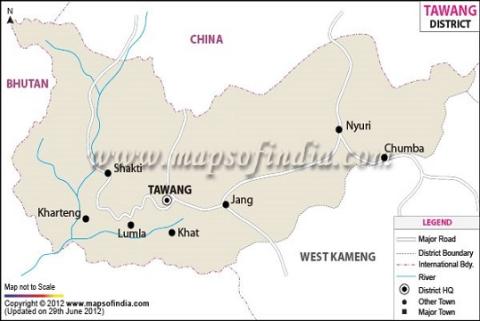Major identified problems in the district in relation to agriculture and allied activities:
1. Wild animals menace
2. Unavailability of Irrigation facility
3. Inputs are not available in time
4. No proper market facilities
5. Extreme weather condition
AGRO TOURISM (IF ANY): NA
SIGNIFICANT ACHIEVEMENTS IN THE LAST FIVE YEARS
1. Wide spread of finger millet var. VL mandua 376
2. Wide spread of groundnut var. GJG-19
3. Wide spread of Soyabean var. VL soyabean 201
4. Spreading of Bio-pesticides in different villages
5.Spreading of seed treatment technology
6.Popularisation of organic farming

